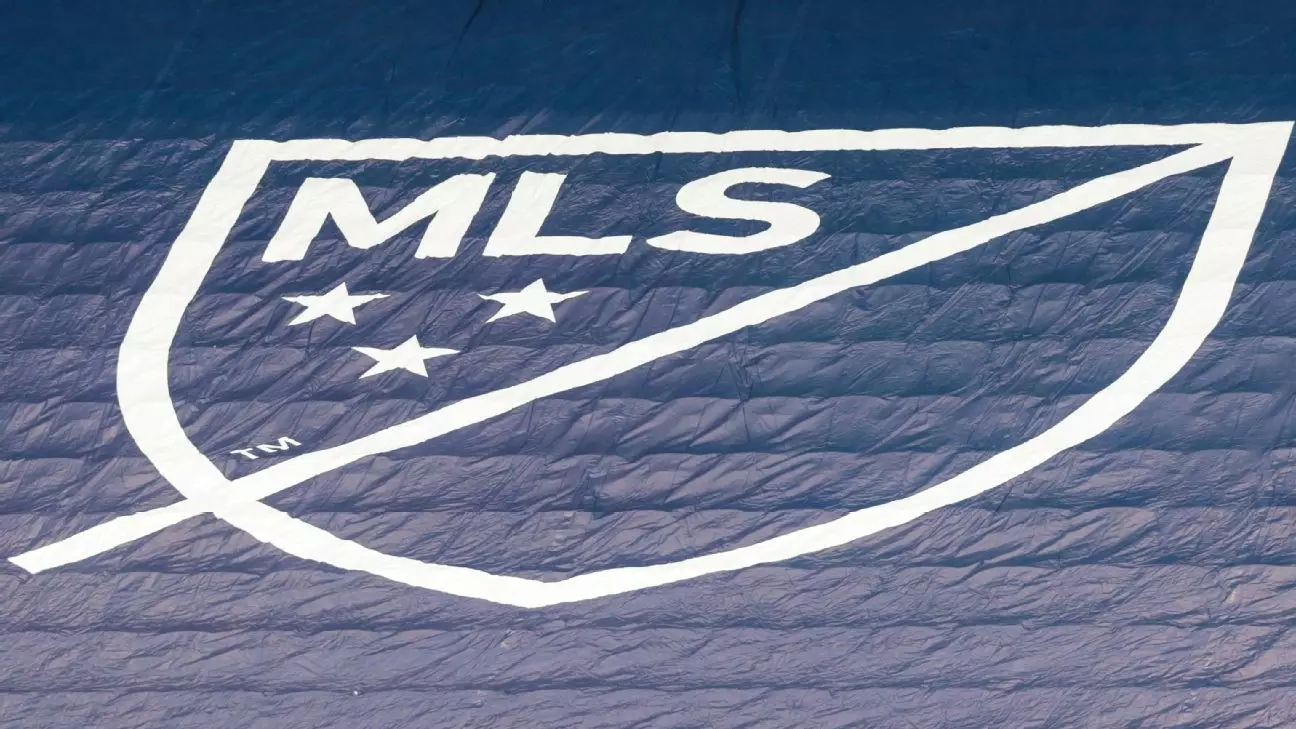Every FIFA World Cup serves as a pivotal opportunity for the host nation to exhibit its culture, capabilities, and everything in between. The 1994 FIFA World Cup, held in the United States, marked a significant turning point for soccer in a country primarily known for American football, basketball, and baseball. Beyond footballing talents, the event brought in an unprecedented influx of tourists and captivated television audiences globally, leading to profits exceeding $1 billion. This momentum not only showcased the sport but also laid the groundwork for what would become a flourishing soccer landscape in the United States, notably with the establishment of Major League Soccer (MLS).
Following the World Cup, the appetite for soccer was palpable among American sports fans, prompting the creation of MLS in 1993. The league kicked off its inaugural season in 1996 with just 10 teams, an indication of soccer’s nascent status in the sports hierarchy of the United States. However, from these modest beginnings, the league has expanded remarkably. By 2025, MLS is projected to welcome 30 franchises, with representation spanning the United States and Canada, and featuring talent from 79 countries worldwide. This growth has not only demonstrated soccer’s increasing popularity but has also transformed the landscape of American sports.
While much of the focus lies on the progress since the league’s inception, it’s important to reflect on the history that some franchises carry. Notably, teams like the Seattle Sounders and the Portland Timbers trace their roots back to the original North American Soccer League from the 1970s, reflecting the rich soccer history that predates MLS. Additionally, various franchises evolved from lower-division leagues, showing an organic growth in American soccer’s infrastructure. FC Cincinnati and Nashville SC, for example, have histories with other leagues, and their eventual joining of MLS represents a journey of dedication and persistence by their respective communities.
The minimalist 10-team league of the past has burgeoned into an extensive network of franchises that contributes to the vibrant tapestry of American soccer culture today. While a brief overview highlights the original teams that began play back in 1996—such as LA Galaxy, D.C. United, and Colorado Rapids—the franchise landscape has evolved, introducing new competing teams over the years. For instance, clubs like New York City FC and LAFC emerged much later in the timeline, each bringing their unique flair and culture to the league. With the anticipated debut of San Diego FC in 2025, MLS continues to expand, signifying growing interest and investment in soccer across the nation.
Despite the evident growth and popularity, MLS faces unique challenges in maintaining its trajectory. The competition for audiences is fierce, with the American sports market saturated with various options. Thus, they must continuously innovate, enhance fan engagement, and ensure financial viability among teams. Strategies have included expanding into new media partnerships, creative community engagements, and even player development programs that promise to not only elevate the league but also create a sustainable ecosystem that nurtures future soccer talent.
Looking forward, MLS seems poised for a bright future. With global soccer evolving, the U.S. has the opportunity to attract international stars and foster home-grown talent alike. As Major League Soccer moves towards its expansion goals, the coherence of its teams and the depth of talent will be paramount. Moreover, the potential for burgeoning rivalries within and beyond the league provides an exciting prospect for further engagement, both on and off the pitch.
The trajectory of Major League Soccer reflects a blend of historical influence, contemporary challenges, and future opportunities. From its inception post-1994 World Cup to its ambitious growth plans through 2025, MLS stands as a testament to soccer’s ever-increasing footprint in the American sports landscape. The continued support from fans, coupled with strategic initiatives, positions the league for further success and ensures that the beautiful game finds its rightful place among America’s beloved sports.


Leave a Reply